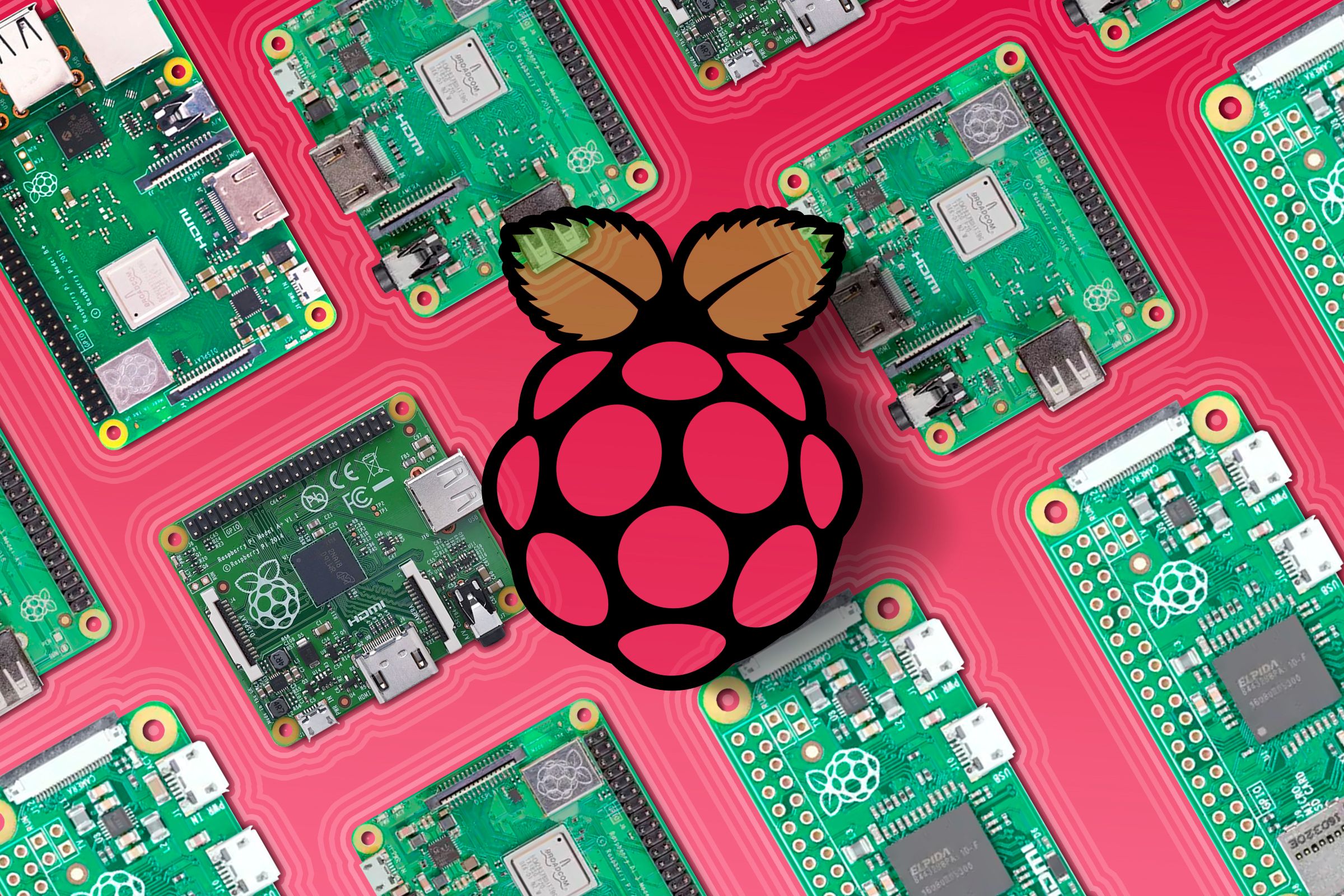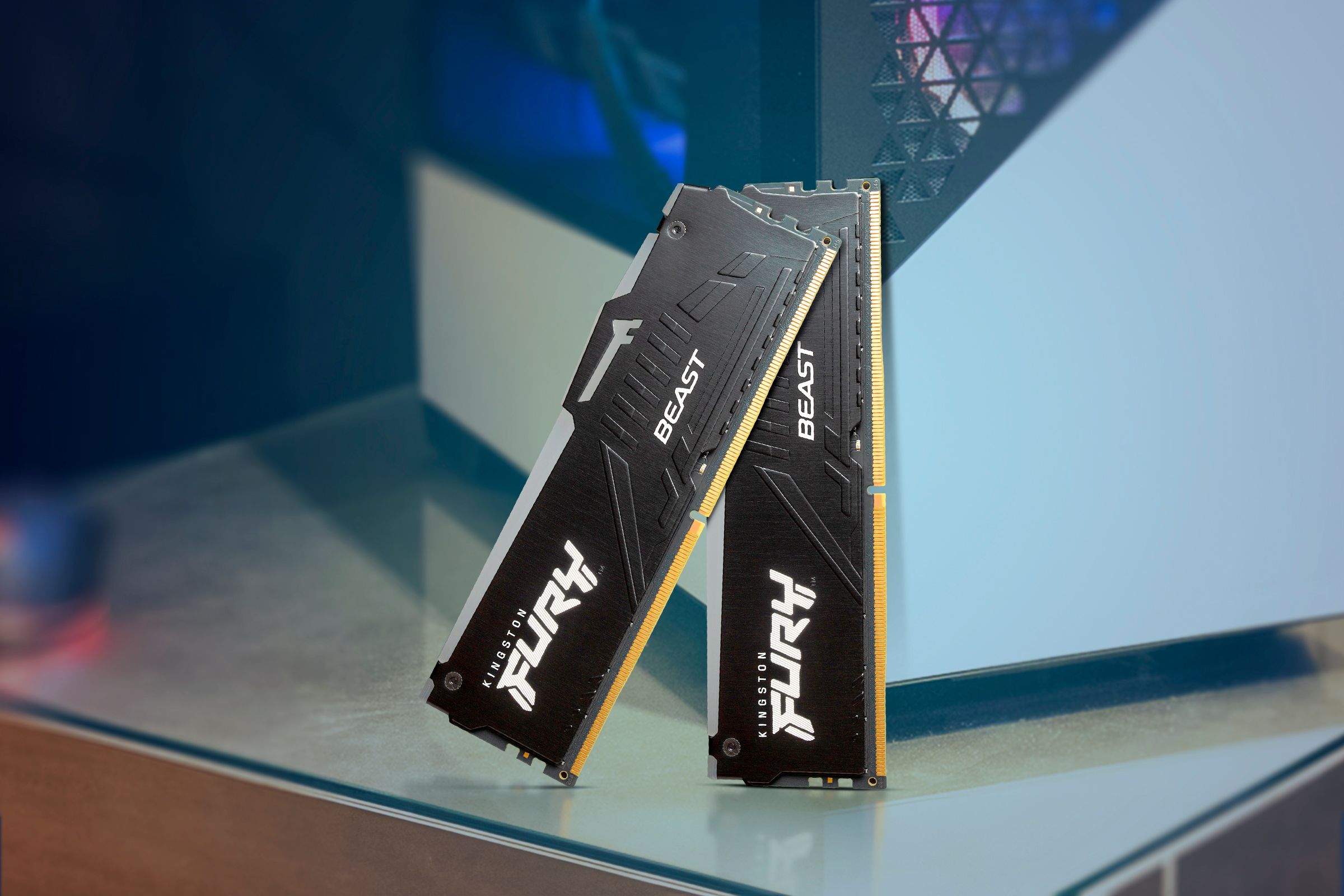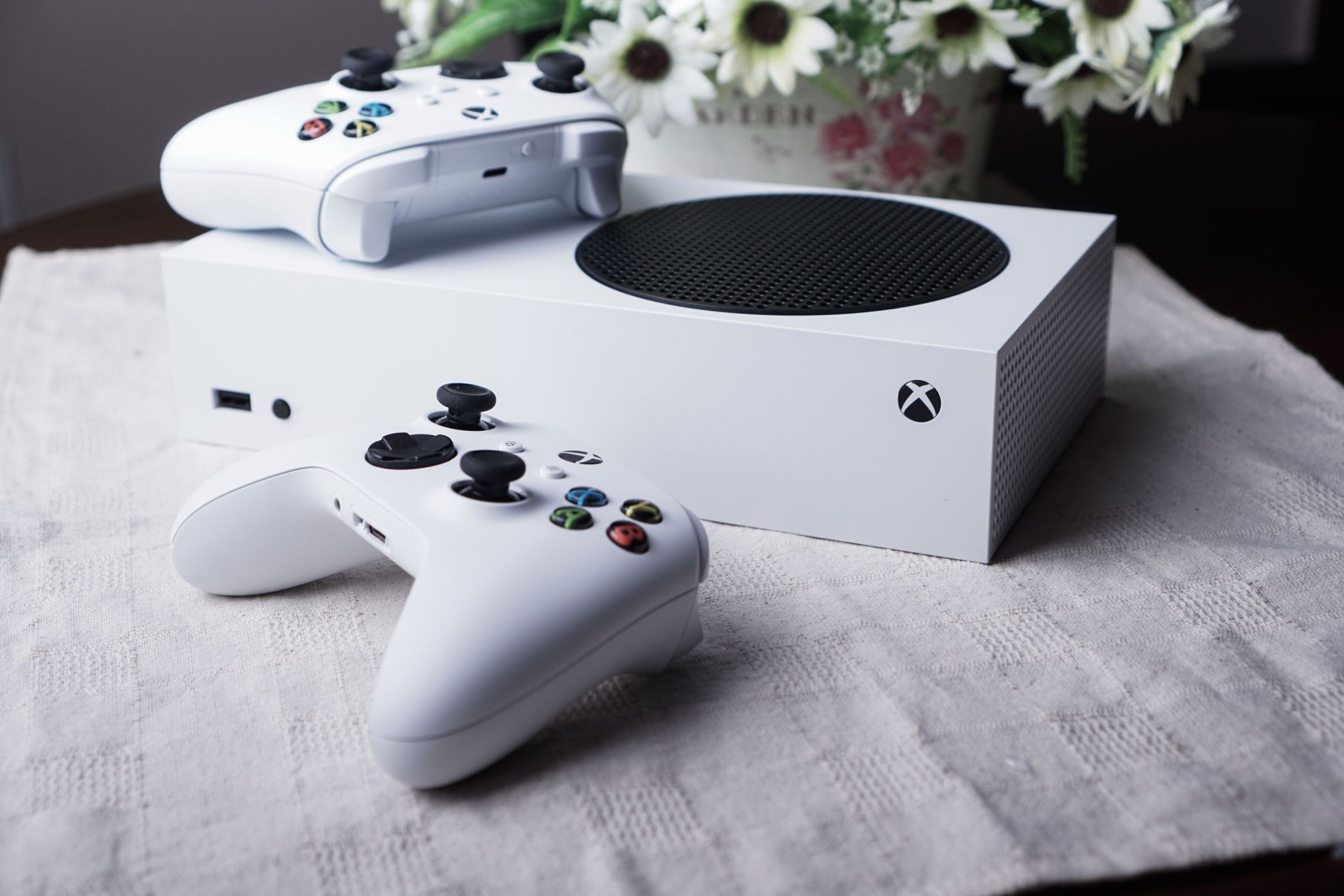Raspberry Pi OS Switches to Wayland on All Pi Models
Raspberry Pi
The Raspberry Pi OS now uses Wayland instead of X11 across all Pi models. The change should improve performance and touch screen support, but the update for existing users is temporarily paused.
Raspberry Pi just released a new version of Raspberry Pi OS, the default desktop Linux operating system for Pi boards. It now uses the Wayland compositor Labwc for rendering the desktop across all models, instead of the Wayfire compositor already used on the Raspberry Pi 4 and 5, and the legacy X11 system used on older Pi boards. Existing users will get a popup message asking if they want to switch to the new compositor, keep the current one, or be remined again later.
The company said in a blog post, “With the release of Bookworm in 2023, we replaced mutter with a new dedicated Wayland compositor called wayfire and made Wayland the default mode of operation for Raspberry Pi 4 and 5, while continuing to run X on lower-powered models. We spent a lot of time optimizing wayfire for Raspberry Pi hardware, but it still didn’t run well enough on older Pis, so we couldn’t switch to it everywhere. […] As we continued to work with wayfire, we realized it was developing in a direction that would make it less compatible with our hardware.”
The X Window System, or X11 for short, is the system component used to render desktop environments on many Linux and Unix-based operating systems. It’s over 40 years old, and most of the Linux ecosystem has been slowly migrating to Wayland as a replacement. Wayland generally has improved security and safety (apps can’t see each other like they can on X11), better support for high-DPI displays, and improved performance. Software not updated to run in native Wayland uses the Xwayland compatibility layer.
Raspberry Pi says the Labwc compositor should run “just as fast as X” on older Pi models, while still offering the improved security of Wayland. You can also still revert to the classic X11 environment using the raspi-config utility.
Unfortunately, this doesn’t seem to have been a seamless transition. There are a few reports in the blog post’s comments about Pi systems getting black screens after rebooting with the update, as well as menus opening in the wrong place. It also breaks some VNC setups, though Raspberry Pi does provide wayvnc as an officially-supported solution. The company has “found and fixed what is causing this,” but the compositor upgrade notification for existing users is still paused for now.
Source: Raspberry Pi















